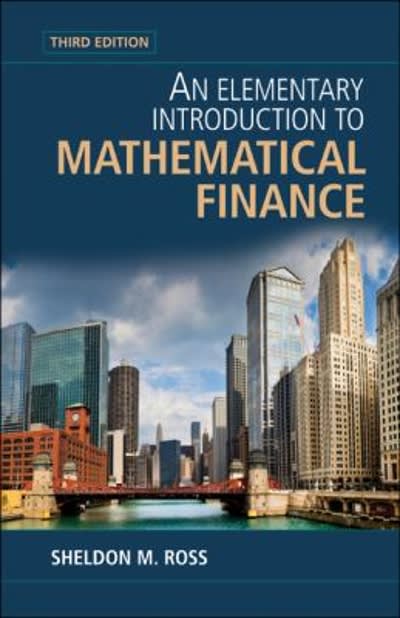Task 35 a part ::Provide justified answer for Task 35 a part asap
Task 33 Now let's consider what happens when r is not a factor of ro. In our proof, we only considers the case when the algorithm takes 3 iterations: we prove that the result of the algorithm (ra) is a factor of every intermediate number (r2, my and ro). Let us try to rewrite this argument assuming that it takes n iterations to reach the result r. (a) Can the algorithm terminate in one step? (b) Show that a | Fa-1 (use your answer to Task 25). (c) Show that ro | In-2 and In | In-3 (use your answer to Task 25). (d) Our general argument (in Section 3 is to work backwards: start from the last iteration (; in our case we were taking n = 3) then the iteration before that (-1, which in our example was r2), then the one before that ("-2), etc. The arguments tend to look similar, with the only difference is a change of the indices. Let us capture this argument by replacing the specific indices (say, ra.2, and ri), with generic indices (Tk+1,rx, and 72-1). Apply our argument on re-1 assuming that we've already done the work to show that ra | re and I'm | Fe+1- Task 34 The final part of the proof in Section 4 is to show that the result ", is god(a, b). We already know that ra | a and r. | b, so it is a common factor. Let us show it's the biggest, by taking any factor f is a factor of In- (a) Show that f | ry, like in Task 29. (b) Show that if f | 72-1 and f | re-2 then f | re, like in Task 30.1 In Tasks 33 and 34, we gave a "recipe" to proceed with the proof at step & of the proof. This gives an algorithmic flavour to our proof, where we start from Step a of the proof and then apply the steps in a loop until we reach ro (for Task 33), or we start from Step 1, and then apply the steps in a loop until we reach r, (for Task 34). Task 35 Write algorithm-like loops to prove that the Euclidean algorithm reaches the ged of its input a and b, supposing that the algorithm takes n steps to reach the number re- (a) Use your response to Task 33 to complete the following: "This time we do a "forward" pass. Proof r, is a factor of a and b 1 Step n: r, is a factor of F-1 because a Set & + n; s repeat Set * + k - 1; Step k: r, is a factor of re because 6 until & = 0







